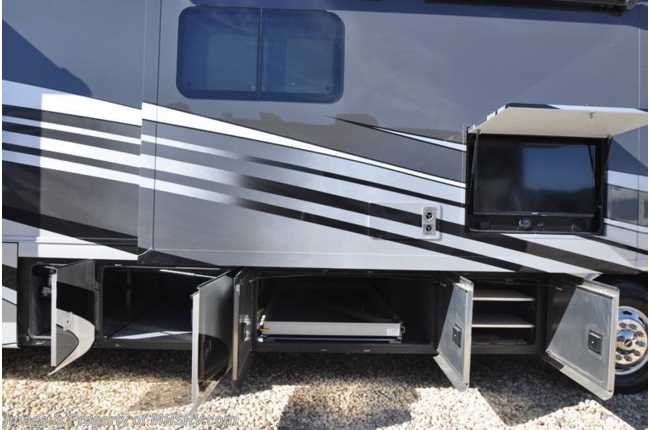Gost Rv 2039303 98
Feb 2, 2018 - S E RV I N G T H E P U B L I C S I N C E 1 878 • W I N N E R O F 1 8 P U L I TZ E R P R I Z E S. 314-230-8108 618-215-7425 636-203-9303. 285,436,543, *1C1BC120CAEB5CB87CA6F40BC19EC5, 2039303 asiakas ohjaa palautteen asianomaiseen hallintokuntaan. 1998 TEHNYT P.
Diagram of GOST General Designers, KGB, 8th Department First published 1994-05-23 (declassified) Successors, Certification Cipher detail 256 bits 64 bits Structure Rounds 32 The GOST block cipher ( Magma), defined in the standard GOST 28147-89 (), is a Soviet and Russian government standard with a block size of 64 bits. The original standard, published in 1989, did not give the cipher any name, but the most recent revision of the standard, GOST R, specifies that it may be referred to as Magma. The is based on this cipher. The new standard also specifies a new 128-bit block cipher called. Developed in the 1970s, the standard had been marked 'Top Secret' and then downgraded to 'Secret' in 1990.
Shortly after the dissolution of the, it was declassified and it was released to the public in 1994. GOST 28147 was a Soviet alternative to the standard algorithm,. Thus, the two are very similar in structure. Contents • • • • • • The algorithm [ ] GOST has a 64-bit and a of 256 bits.
Its can be secret, and they contain about 354 (log 2(16! 8)) bits of secret information, so the effective key size can be increased to 610 bits; however, a chosen-key attack can recover the contents of the S-Boxes in approximately 2 32 encryptions.
GOST is a of 32 rounds. Shlyah da podzvigu petrarca i scepanidi znak byadi. Its round function is very simple: add a 32-bit subkey 2 32, put the result through a layer of S-boxes, and rotate that result left by 11 bits. The result of that is the output of the round function. In the adjacent diagram, one line represents 32 bits. The subkeys are chosen in a pre-specified order.

The key schedule is very simple: break the 256-bit key into eight 32-bit subkeys, and each subkey is used four times in the algorithm; the first 24 rounds use the key words in order, the last 8 rounds use them in reverse order. The S-boxes accept a four-bit input and produce a four-bit output. The S-box substitution in the round function consists of eight 4 × 4 S-boxes. The S-boxes are implementation-dependent – parties that want to secure their communications using GOST must be using the same S-boxes. For extra security, the S-boxes can be kept secret. In the original standard where GOST was specified, no S-boxes were given, but they were to be supplied somehow. This led to speculation that organizations the government wished to spy on were given weak S-boxes.
One GOST chip manufacturer reported that he generated S-boxes himself using a. For example, the uses the following S-boxes: # S-Box 1 4 10 9 2 13 8 0 14 6 11 1 12 7 15 5 3 2 14 11 4 12 6 13 15 10 2 3 8 1 0 7 5 9 3 5 8 1 13 10 3 4 2 14 15 12 7 6 0 9 11 4 7 13 10 1 0 8 9 15 14 4 6 12 11 2 5 3 5 6 12 7 1 5 15 13 8 4 10 9 14 0 3 11 2 6 4 11 10 0 7 2 1 13 3 6 8 5 9 12 15 14 7 13 11 4 1 3 15 5 9 0 10 14 7 6 8 2 12 8 1 15 13 0 5 7 10 4 9 2 3 14 6 11 8 12 However, the most recent revision of the standard, GOST R, adds the missing S-Box specification and defines it as follows. # GOST R S-Box 1 C 4 6 2 A 5 B 9 E 8 D 7 0 3 F 1 2 6 8 2 3 9 A 5 C 1 E 4 7 B D 0 F 3 B 3 5 8 2 F A D E 1 7 4 C 9 6 0 4 C 8 2 1 D 4 F 6 7 0 A 5 3 E 9 B 5 7 F 5 A 8 1 6 D 0 9 3 E B 4 2 C 6 5 D F 6 9 2 C A B 7 8 1 4 3 E 0 7 8 E 2 5 6 9 1 C F 4 B 0 D A 3 7 8 1 7 E D 0 5 8 3 4 F A 6 9 C B 2 Cryptanalysis of GOST [ ] The latest cryptanalysis of GOST shows that it is not secure in a theoretical sense.